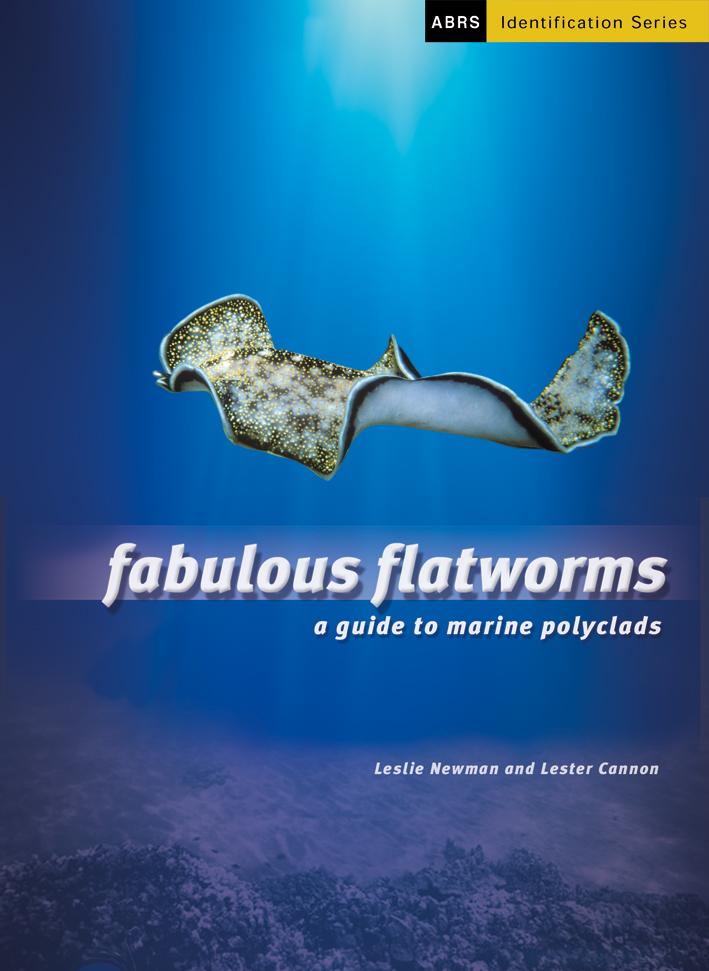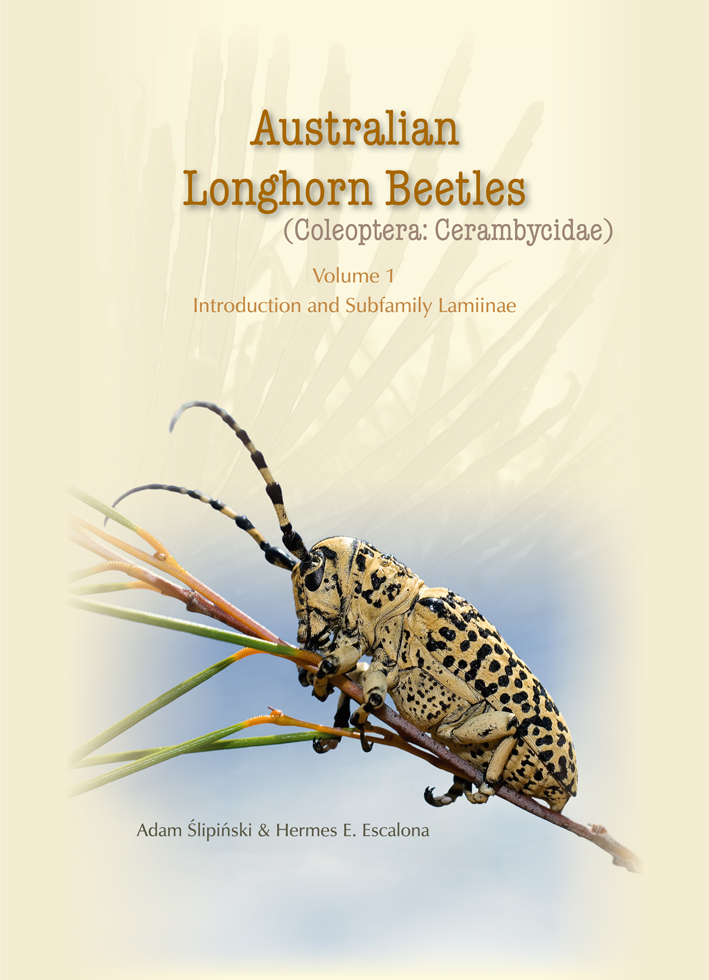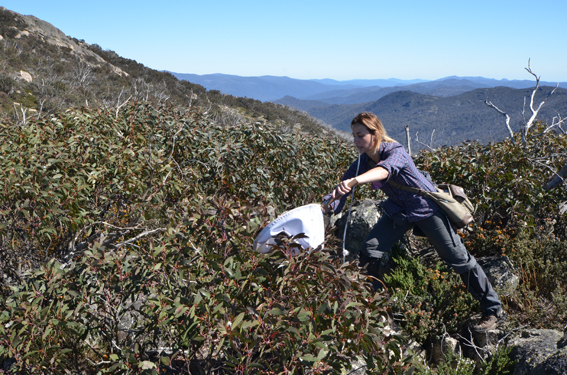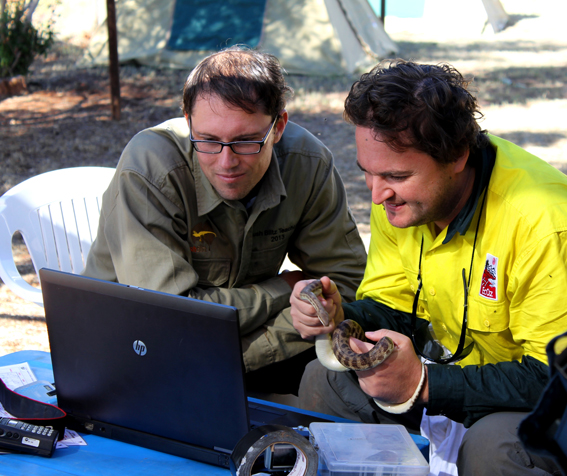The Australian Biological Resources Study (ABRS) sits within the Australian Government Department of the Environment, and is Australia’s national focal point for taxonomy. It was established in 1973 to coordinate research in taxonomy and to document the flora and fauna of Australia. The ABRS provides fundamental information on the accurate naming, identification and distribution of Australia’s plants, animals and other organisms that underpins Australia’s biodiversity conservation effort and is critical to biodiversity research and agricultural industries in protecting and maintaining our biosecurity.

The ABRS is a world leader in making authoritative taxonomic information widely available through internationally recognised scientific publications, identification tools and publicly accessible online biodiversity information databases.
The ABRS has close associations with Australia’s biodiversity research and collection institutions including universities, museums and herbaria; and collaborates with other biodiversity information initiatives such as the Atlas of Living Australia and the Encyclopaedia of Life.

The ABRS administers the National Taxonomy Research Grant Programme, which is the only grant programme in Australia to fund taxonomic and systematics research. In the past eight years alone, research funded under the programme has facilitated the revision of almost 7,000 taxa (i.e. species/genera) and the description of almost 3,000 new taxa; adding significantly to our knowledge and understanding of Australia’s biodiversity. Grants are awarded for research projects where the primary aim is to undertake taxonomic research on the Australian biota or to develop products that aid in the dissemination of taxonomic information. The program also builds Australia’s taxonomic capacity by supporting postgraduate research training and early career researchers, and by funding students to assist their travel to national or international conferences and workshops. The ABRS also partners with the Winston Churchill Memorial Trust to offer Fellowships for overseas taxonomic research.
The ABRS manages the highly successful Bush Blitz species discovery partnership. Bush Blitz is Australia’s largest nature discovery project and the world’s first continent-scale biodiversity survey.
Bush Blitz is an initiative of the Australian Government through the ABRS, in partnership with BHP Billiton Sustainable Communities and Earthwatch Australia. It works closely with state governments; museums and herbaria; leading universities; CSIRO; the Atlas of Living Australia; and the Australian Science Teachers Association.

It’s estimated that only a quarter of Australia’s biodiversity is known to science. Bush Blitz aims to increase knowledge of our biodiversity by documenting plants and animals across the National Reserve System (Australia’s network of public, private and Indigenous protected areas, covering over 12.7 million hectares or 16.5% of the country). The information from Bush Blitz helps us to understand what species we have, their abundance and their distribution. This provides land managers with better information and tools to conserve and manage our biodiversity now and for future generations.
Bush Blitz expeditions have discovered and documented:
- over 900 new species
- over 12,000 new records for reserves surveyed
- over 800 pest species and over 200 rare and threatened species
- approximately 17,000 species have been recorded
By the end of 2017, Bush Blitz will have conducted 37 field expeditions covering over 6 million hectares of conservation areas around Australia.
The ABRS coordinates activities between all partners, including the planning and logistics of Bush Blitz expeditions, coordination of data sharing and scientific reporting; and providing editorial and taxonomic advice for Bush Blitz publications.
After a Bush Blitz expedition, scientists spend hours of painstaking work identifying, classifying and describing the plant and animal specimens which they have collected. Bush Blitz offers funding support for this work through a small grants scheme to:
- assist in the publication of new species and the resolution of problematic groups collected from Bush Blitz surveys
- support further applied research utilising Bush Blitz data or the development of a product that helps managers apply the new species knowledge (e.g. educational tools for students/ rangers/ mine management, online resources, workshops, field guides).

Bush Blitz promotes a greater awareness in the Australian community of the importance of taxonomy, biodiversity and research through active media promotion, by holding public open days for the local communities during surveys, and involving school teachers as part of the Bush Blitz TeachLive project. The program also enables employees from funding partner BHP Billiton to have the opportunity to participate in the hands-on experience of Bush Blitz field work.

